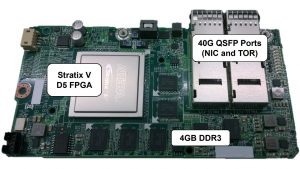Instant printing is not exactly a big market but it might just have got the boost it was looking for. The latest product comes courtesy of HP, which has announced its new pocket-sized Sprocket printer.
The printer prints 2 x 3-inch photos after being connected to your smartphone via Bluetooth. It is powered by a rechargeable battery, which takes 90 minutes to recharge but it isn’t told how long it lasts. Its dimensions of 4.53 x 2.95 x 0.87 inches, and a weight of 0.379 pounds mean you can carry it wherever you want.
The Sprocket Instant Printer also doesn’t need to rely on ink cartridges, instead relying on tiny crystals on its ZINK paper to get heated up and show colors. It supports all the popular formats such as .jpeg, .gif, .png, and more. It reportedly comes with 512 MB of storage.
HP’s mini printer comes with dedicated apps for both, Android and iOS, which can be used to customize your photos with text, filters, stickers, frames and more. Photos can be accessed using the app from both your phone’s storage, and a service like Facebook or Instagram. The phone’s camera is also supported for instant conversion.
The printer will be available in White (with Rose Gold) and Black (with Silver) colours. Pricing is set at $129.99 for the printer as well as ZINK photo papers. Additional 10-packs of these papers (with 20 papers each) cost $9.99.
So not exactly what you need, but certainly an interesting piece of technology. Share your opinion on this in the comments section


